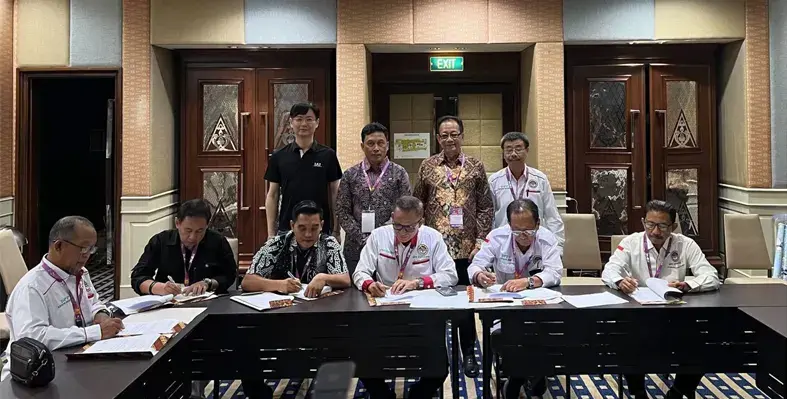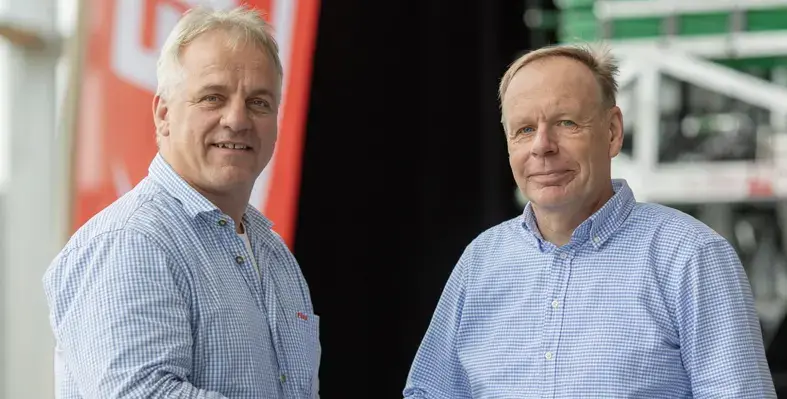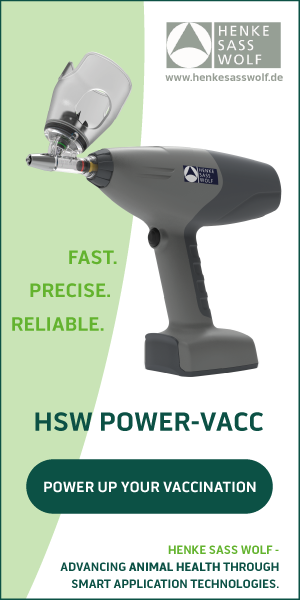
Qi Biodesign's plant breeding innovations advance the application of gene editing in agriculture, contributing to food security and sustainable developments. (Image source: Adobe Stock)
Biotechnology company, Qi Biodesign recently announced the completion of its million dollar Series A funding round to pioneer next-gen genome editing technologies
The company has raised a total of US$75mn across its Seed, Series Pre-A, and Series A stages. Qi Biodesign has already achieved significant milestones in product development, including receiving two biosafety certificates for gene-edited plants (high oleic acid soybean and powdery mildew disease-resistant wheat) by the China Ministry of Agriculture and Rural Affairs and securing an exemption for a gene-edited product (high oleic acid soybean) from the US Department of Agriculture.
More gene-edited traits including yield enhancements, herbicide tolerance and quality improvements are advancing through regulatory pipelines. Qi Biodesign's plant breeding innovations advance the application of gene editing in agriculture, contributing to food security and sustainable developments.
The newly secured funding will be used to enhance Qi Biodesign's R&D capabilities, advance its proprietary SEEDIT platform, support its product development and build commercialisation platforms to streamline and speed up the transition from research to market.








